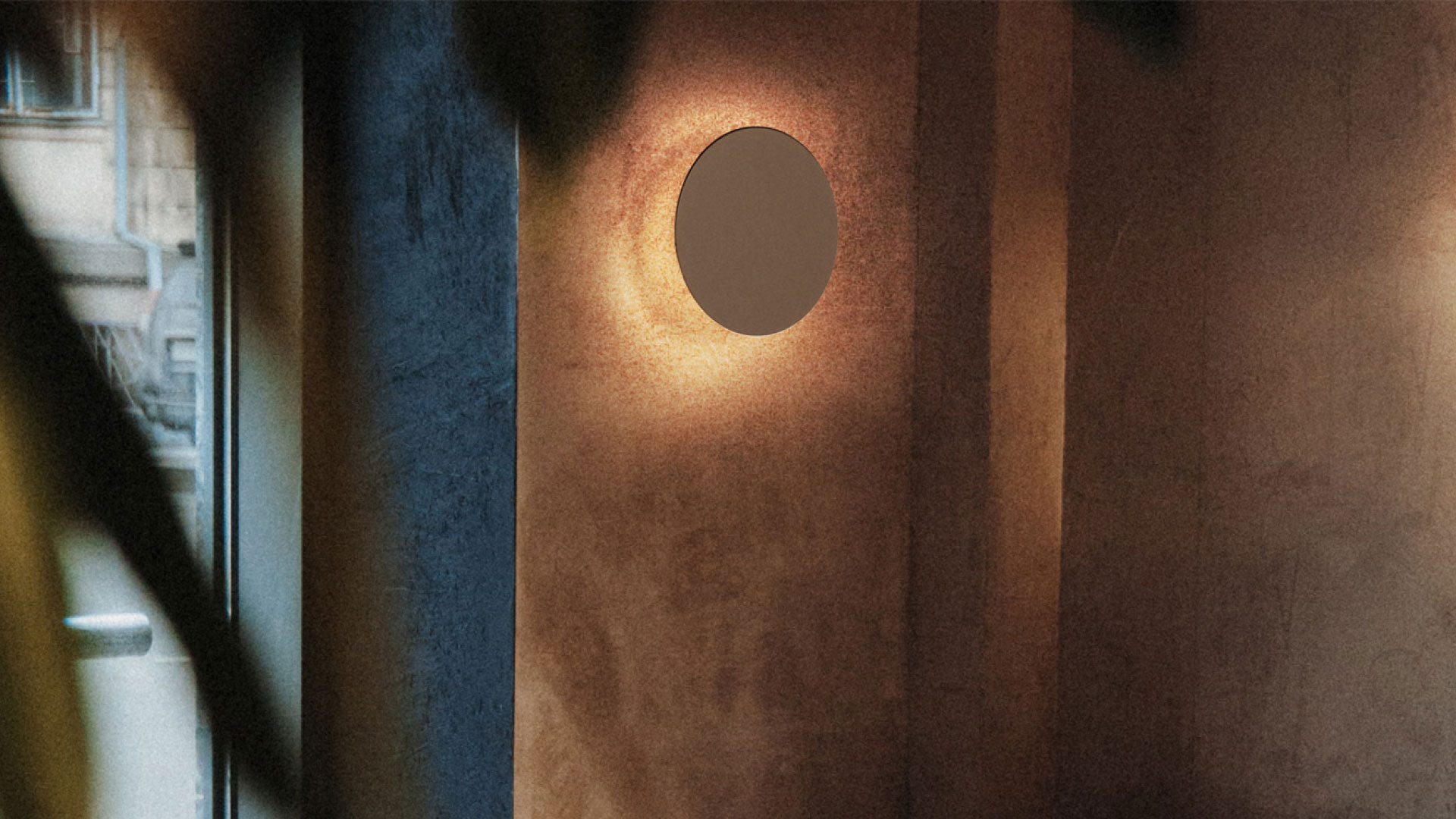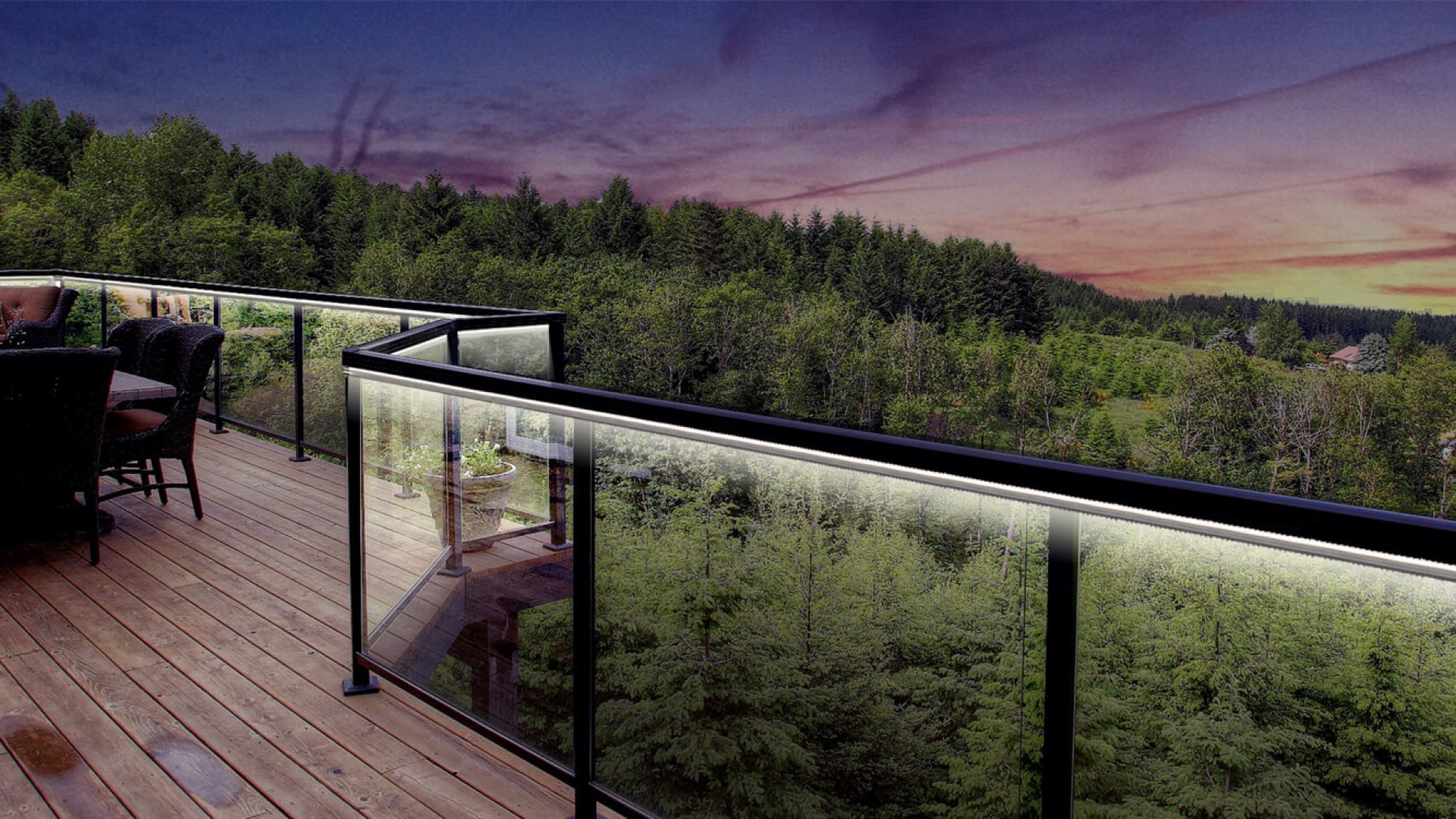Light is one of the key elements in our everyday lives. It plays a big role in how we perceive and experience a space because it radically affects the appearance of geometry, colors, and our mood and emotions. As light influences our health and well-being, it is crucial to understand how to use it in our domestic spaces to enhance functionality and set the tone for the atmosphere of a home.
How to choose the correct lighting for the house
Light is one of the key elements in our everyday lives. It plays a big role in how we perceive and experience a space because it radically affects the appearance of geometry, colors, and our mood and emotions. As light influences our health and well-being, it is crucial to understand how to use it in our domestic spaces to enhance functionality and set the tone for the atmosphere of a home.
A good lighting scheme is essential when it comes to interior design, it can transform the way the home looks, feels, and functions. Light adds dimension to every space and helps draw focus toward specific areas and has decoration features. A well-planned lighting depends on the characteristics of the light source and its distribution in the environment.
Every lighting source has four characteristics that need to be taken into consideration when selecting different light fixtures for the house.
Colour Temperature
The colour temperature purpose is a way to describe the warmth or coolness of a light source. The spectrum of colour temperature is measured in Kelvin degrees. These values represent the colour emitted from lighting sources.
The warm light creates a cozy, calm, and inviting atmosphere. Neutral and soft white is a friendly and clean light. The cool light is a perfect solution for offices, hospitals, or other commercial uses.
Beam Angle
The beam angle is the angle at which the light is distributed or emitted. The spot angle can be used to highlight an object, on the other hand, a wide angle gives a more general and softer light, and it can be used to light up a wide area.
Lumens
Lumens are a measure of the total amount of visible light emitted from a natural or artificial light source. The higher the lumen rating, the brighter the lamp will appear.
CRI
The Colour Rendering Index (CRI) is a scale from 0 to 100 percent indicating how accurate a light source is at rendering colour. The higher the CRI, the better the colour rendering ability. Light sources with a CRI of 90 or higher are excellent at colour rendering.
Different lighting can be used to create the correct illumination for every space. Various lighting sources need to be included to design a proper lighting plan that can enhance the quality of the spaces, change the atmosphere of the rooms, and mark different areas of the home.
Ambient lighting
This type of lighting is the first level of light in any room. The main purpose is the overall illumination of a space. Ambient lighting is soft and diffuse to create a uniform light and sets the main mood of the space. Ambient lighting can be created in home spaces through ceiling-mounted and recessed fixtures, led strips, wall lamps, floor lamps, and pendants lamps.
Cove lighting
Cove lighting is a strip of light that illuminates indirectly, hidden from view within a recess in the wall or ceiling. It directs light to an adjacent surface where it is reflected in the space.
Accent lighting
Accent lights help brighten and highlight specific areas of the home or particular decoration elements. Typically used to add style, contrast, and highlights to a space to create a warm and inviting atmosphere or a desired lighting effect. These types of lights can be angled and directed to create a highlight in different design elements of the space.
Recessed spot ceiling lights, track lights, or wall-mounted lights are very effective as accent lights.
Task lighting
Task lights are effective for space with a specific task such as reading, dining, cooking, or working. Task lighting is focused only on one area and is brighter than ambient lighting. Diverse lighting fixtures can provide direct lighting for various activities: recessed and tracked lighting, pendants, under-cabinet lighting, and floor, desk, and table lamps.
Decorative lighting
These lights are designed to be more like decorative elements, meant to add a visual appeal, with less focus on providing illumination.










